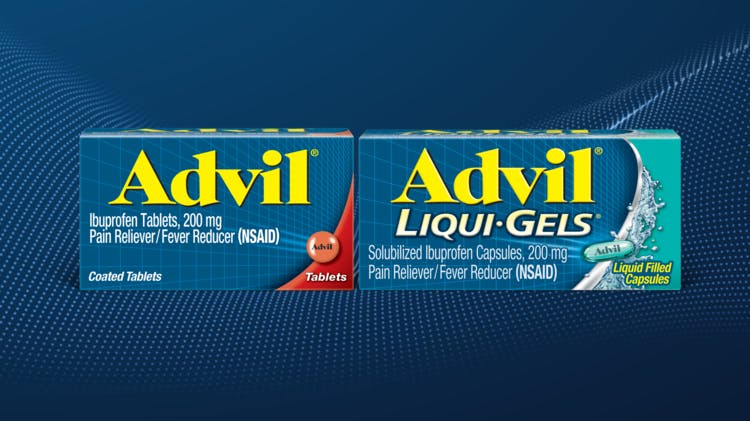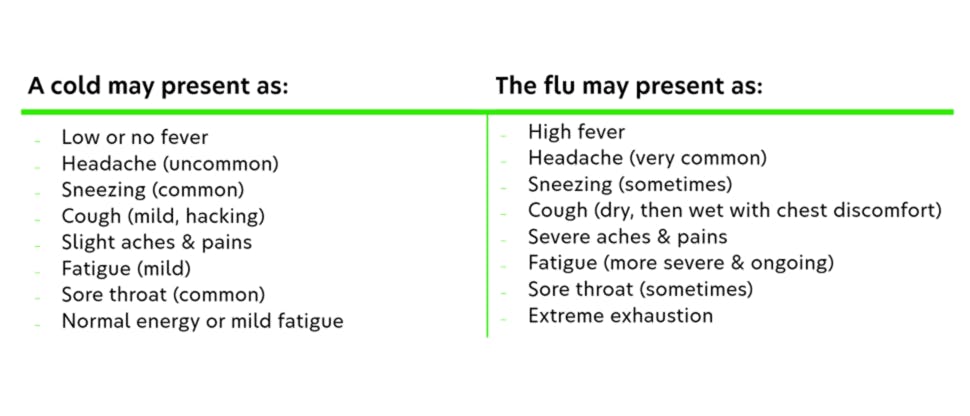Cold and Flu Overview

An overview of cold and flu
Patients are increasingly concerned about respiratory conditions and may conflate them. The information here can help you counsel patients and manage symptoms of cold and flu pain. Information about COVID is also available.
Information to share with patients about the common cold: this benign upper respiratory viral illness is distinct from flu. Symptoms usually last for at least a few days. A cold can sometimes lead to secondary infections such as ear or sinus infections.
Information to share with patients about the flu: the flu has an abrupt onset with more severe symptoms than a cold. It can progress to serious complications, such as pneumonia and even death.
Many types of viruses cause colds, but only the human influenza virus causes the flu.
A silent pandemic1,3
Patient epidemiology
Read more about cold and flu

Proven efficacy, fast onset
See how Advil delivers superior relief for common cold and flu symptoms.



Learn how to manage cold symptoms
See the management options available to help provide relief.



